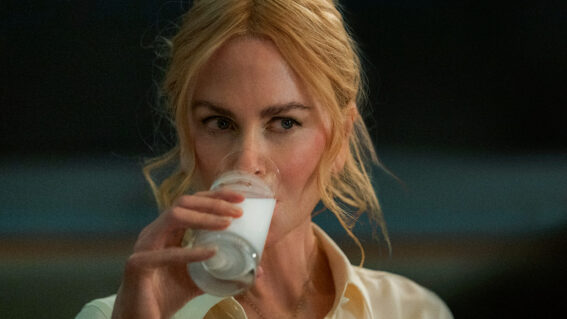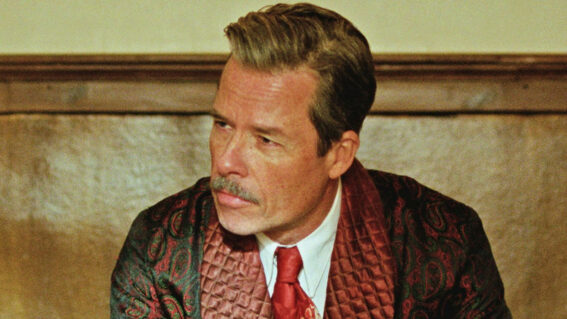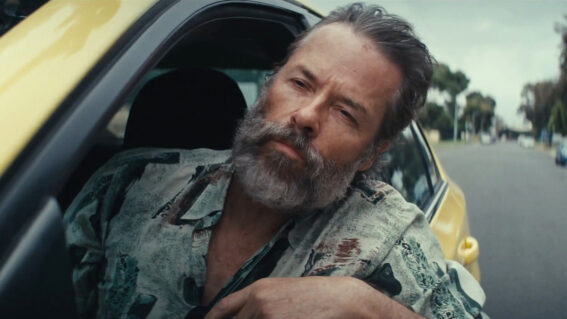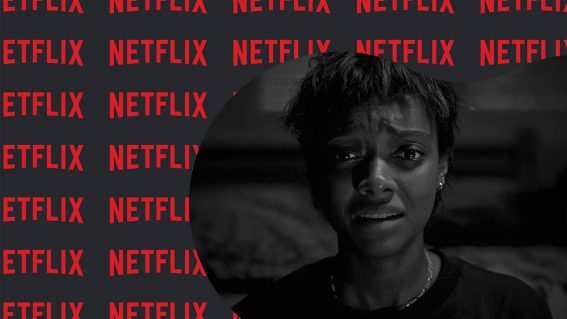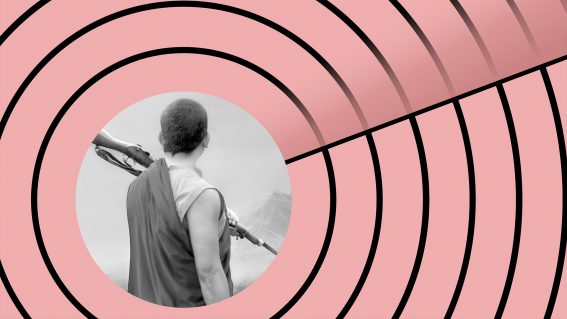Revisiting the first 3 seasons of Penny Dreadful, a gothic horror delight
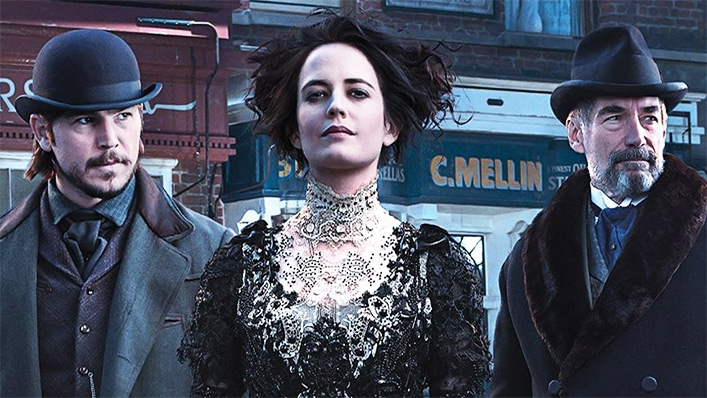
Penny Dreadful: City of Angels is now streaming on Stan, with new episodes arriving weekly. The first three seasons are also available on the platform—and, as critic Sarah Ward explains, they are very much worth your time.
Take gothic horror literature’s greatest characters, let them all loose in the same monster-filled world, then wait for mayhem to erupt. It’s a concept that should sound familiar, as seen in Universal’s classic horror films in the 1920s–1950s, the studio’s recent efforts to create a new Dark Universe, and even the all-ages friendly Hotel Transylvania franchise. But it’s actually at its absolute best on the small screen.
See also:
* All new movies & series on Stan
* Best new movies & TV series on Stan
Across three seasons airing from 2014–2016 (and available to stream on Stan), Penny Dreadful turned the above formula into a lavish, gory and gripping horror TV series. Set in late 19th-century London, the already-ominous era of Jack the Ripper, it twists the tales penned by Bram Stoker, Mary Shelley, Robert Louis Stevenson and Oscar Wilde into an intertwined drama. Here, Victor Frankenstein regularly crosses paths with Dorian Gray, and helps battle Dracula. He also went to college with Henry Jekyll, and knows Ethan Lawrence Talbot, aka the Wolfman.
What’s it all about?
Iconic names and details fill Penny Dreadful, as mentioned above—including Dr Frankenstein (Harry Treadaway) and his creature (Rory Kinnear); Gray (Reeve Carney) and his youth-bestowing portrait; Dr Jekyll and his alter-ego Mr Hyde (Shazad Latif); and lycanthrope Talbot (Josh Hartnett). Famed bloodsucker Dracula (Christian Carmago) casts a considerable shadow, and also playing a part are the object of his affection, Mina Harker (Olivia Llewellyn); his flunky Renfield (Samuel Barnett); and vampire hunter Abraham Van Helsing (David Warner).
But it’s actually a brand new character, Vanessa Ives (Eva Green), who sits at the centre of Penny Dreadful’s delightful, engaging and clever monster mash-up. A childhood friend of Mina’s, she’s so riddled with guilt over her role in her pal’s disappearance that she pledges to help Mina’s father, Malcolm Murray (Timothy Dalton), investigate the abduction. In the series’ first episode, that involves enlisting the sharp-shooting Talbot (also known as Ethan Chandler) as firepower, and making a visit to Victor Frankenstein’s laboratory to convince him to perform an autopsy.
That’s just the beginning, clearly. Named for cheap 19th century publications that traded in pulpy subject matter, Penny Dreadful weaves its well-known and new players alike into a labyrinthine horror-fuelled narrative. Although they’re both open to all things strange and supernatural, Ives and Murray’s quest against the underworld isn’t easy. As readers have known for centuries, Victor Frankenstein and Dorian Gray’s tales are already complex and unsettling. And while the Wolfman originated on-screen rather than in text, Chandler/Talbot’s path is similarly tricky.
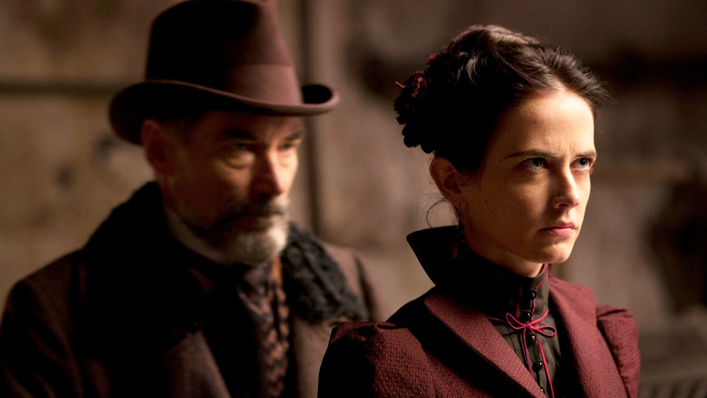
Why does it work?
Assembling a bunch of existing figures— or merely adapting existing texts, but combining and reshaping them in a new narrative—borders on fan fiction. Penny Dreadful fits the definition, working long-established characters into a fresh story. That said, series creator/co-writer John Logan, fellow screenwriters Andrew Hinderaker and Krysty Wilson-Carnes, and executive producer Sam Mendes not only celebrate the show’s iconic figures and their stories, but re-interrogate them. And, in Ives and Murray, they offer up formidable, enigmatic and multi-faceted newcomers.
Viewers can enjoy all of the expected basics: vampires baring their fangs, electricity reviving the dead and a painting growing grotesque as its subject remains unsullied, for example. At every turn, Logan and company find perceptive and entertaining ways to work these recognisable elements into a broader framework that never simply follows the obvious course. What serves the show best, however, is its character-driven focus. Bumps, jumps, bloodshed, carnage and classic references naturally come with the territory, of course, as does a luxurious commitment to always looking the gothic horror part. But Penny Dreadful is more concerned with how its characters feel, their motivations, and how they cope with gothic literature’s number-one theme—human mortality—than just scares, moodiness and shocks.
The series’ interpretations of figures such as Victor Frankenstein and his creature rank among the most thoughtful, intricate and moving to ever grace the screen. Having 27 episodes to develop characters and get inside their heads undoubtedly helps—something that the show’s excellent cast eagerly and visibly relish. By focusing its narrative around Ives, Penny Dreadful also gives a strong, capable heroine the same treatment. And make no mistake, although Ives was created specifically for Penny Dreadful, she’s as complicated, textured and worthy of attention as any of the show’s well-known figures. In fact, she deserves a book or several of her own.
What comes next?
In entangling the fates of a plethora of famous characters, Penny Dreadful achieved what cinema’s Dark Universe hasn’t yet managed. Of course, with more films planned after the success of Leigh Whannell’s The Invisible Man (let’s forget about the dismal Luke Evans-starring Dracula Untold and the utter flop of Tom Cruise vehicle The Mummy), the latter still might—but Penny Dreadful will have always gotten there first.
Alas, extravagant and unnerving gothic horror mash-ups can’t live forever; however they can still venture into new territory.
While the original series wrapped up its gothic horror wonders, the show has been reborn as Penny Dreadful: City of Angels, turning the brand into an anthology. This time, Mexican folklore and rise of the Third Reich inform a Los Angeles-set, 1930s-era tale that plays like The Curse of La Llorona meets Chinatown meets Inglourious Basterds. Fingers crossed that it still finds a way to nod back to its origins as well.


